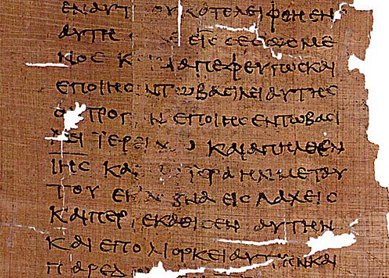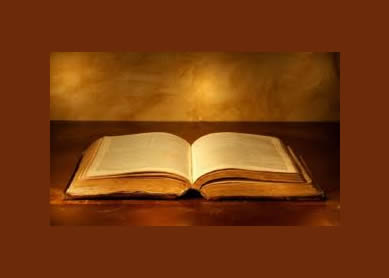The term Old Testament, with its implication that there must be a corresponding New Testament, suggests to some that Judaism’s Bible and by extension Judaism are outdated and incomplete. Well-intended academics thus offered Hebrew Bible as a neutral alternative. However, the new language confuses more than it clarifies by erasing distinctions between the Christian Old Testament and the Jewish Tanakh. It is understandable if Christians think the Old Testament and the Tanakh are one and the same thing, but a closer look reveals important distinctions. For example, Catholic, Anglican, and Orthodox Christian Old Testament canons include additional books, either written or preserved in Greek (Judith, Wisdom of Solomon, Maccabees, etc.), that are not in the Jewish canon. And some Orthodox communions only use the Greek translation of the Hebrew (the Septuagint)—which varies in word choices and length from the Masoretic (Hebrew) Text. The Christian Old Testament and the Jewish Tanakh are also distinct from each other in terms of punctuation, canonical order, and emphases.
Jesus would have heard his Scriptures in Hebrew, perhaps accompanied by an Aramaic paraphrase (targum). However, New Testament quotations from the Hebrew Bible usually follow the Greek of the Septuagint. For example,
Because the consonantal Hebrew text lacked punctuation, phrase breaks could be variously inserted. The Hebrew of
Interpretations of figures and images create yet another distinction between the (Christian) Old Testament and the (Jewish) Tanakh. For example, the Christian church understands Isaiah’s “suffering servant” (
Differences in canonical order further create distinct interpretations. The Old Testament tucks Ruth between Judges and 1 Samuel; the book fits here chronologically, because Ruth is King David’s great-grandmother, and David is introduced in 1 Samuel. The Tanakh places Ruth in the Ketuvim (Writings), where her scroll (Hebrew, megillah) accompanies the Song of Songs, Lamentations, Qohelet (Ecclesiastes), and Esther. These scrolls are read, in full, on certain Jewish holidays; thus they have a more prominent place in the canon of Judaism than they do in the Christian canons.
Readers of the Old Testament know that it ends with the Prophets; the last book is Malachi, who predicts Elijah’s return before the “day of the Lord” (
Finally, Jews and Christians read with different emphases. Judaism focuses on the Torah, which is read in its entirety in synagogues either annually or triennially. Each Torah reading is accompanied by a reading from the Prophets. Christian lectionaries focus on the Prophets, and the “Old Testament” selections are accompanied by New Testament readings. We even hear the texts differently. In most churches, the Bible is read in the vernacular; in the synagogue, it is chanted from the Hebrew.
Attention to the connections but also the differences between the Tanakh and the Old Testament allows us to respect the integrity of each tradition and to understand why we interpret texts differently.
Bibliography
- Levine, Amy-Jill. “Jewish Biblical Interpretation.” Pages 54-60 in Anselm Academic Study Bible (ed. Carolyn Osiek; Winona, MI: Anselm Academic, 2012).
- Levine, Amy-Jill, and Douglas Knight. The Meaning of the Bible: What the Jewish Scriptures and the Christian Old Testament Can Teach Us. San Francisco: HarperOne, 2011.
- Levine, Amy-Jill. The Misunderstood Jew: The Church and the Scandal of the Jewish Jesus. San Francisco: HarperOne, 2007.
- Levine, Amy-Jill. Short Stories by Jesus: The Enigmatic Parables of a Controversial Rabbi. San Francisco: HarperOne, 2014.


